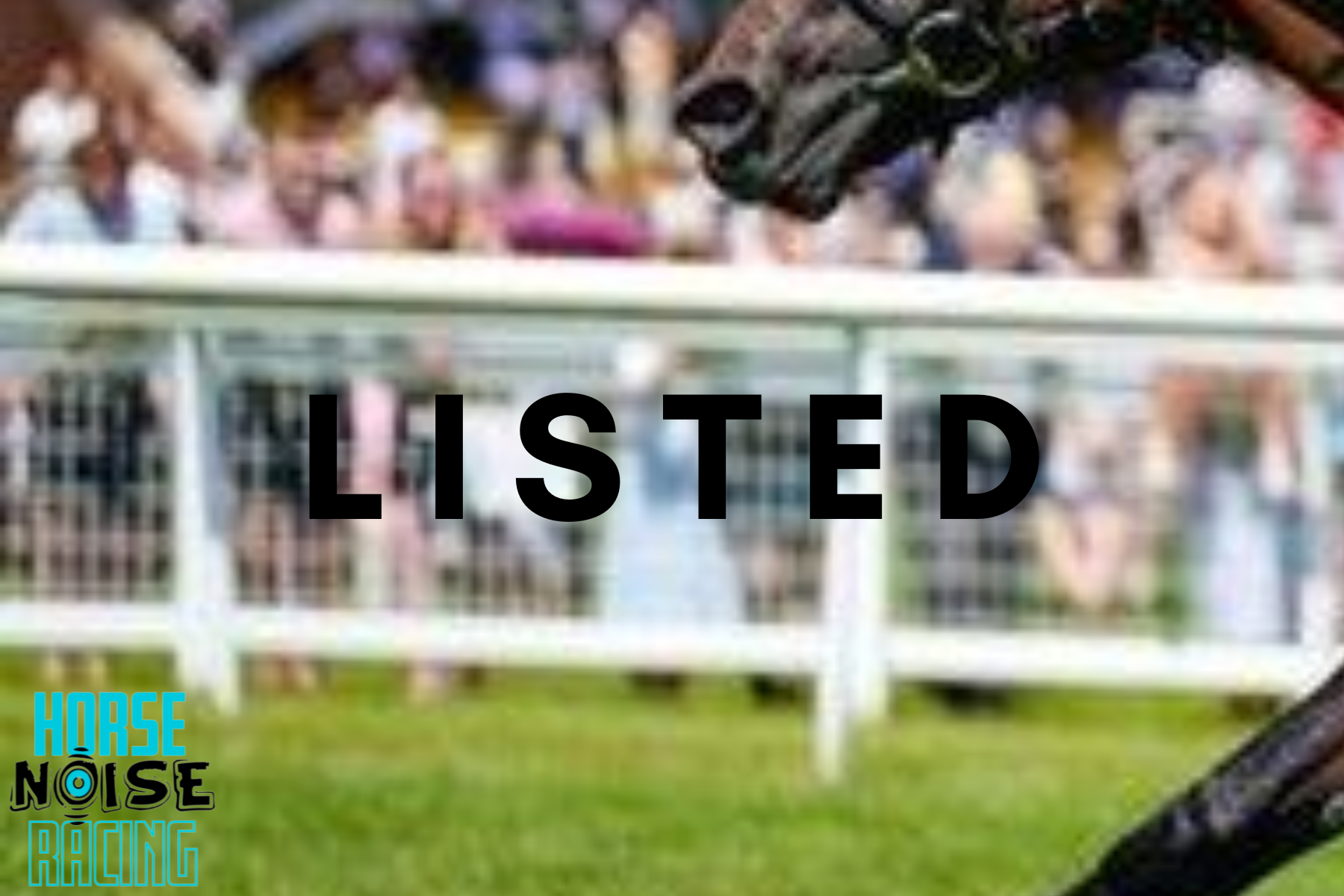A bettor or amateur handicapper likes betting on horses and researching the form of the horses in several races. They will, however, desire to own a horse as a solo owner or as part of a Syndicate one day. The potential owner sifts through Stud Farm catalogues, identifies the horse they want to buy, and has a short selection of trainers’ stables with whom they want to place the horse.
What does Listed in Horse Racing mean? “Listed” in horse racing refers to a specific race class. Regarding quality and reputation, a listed race is slightly below group events. Listed races are typically eligible for horses three years old or older, and they are often utilized as a stepping stone for horses aspiring to run in Group races. These events have a lesser purse than group races but still, provide significant prize money. Listed races are often denoted by the letter L on the racecard or programme and are named by the race’s sponsor or venue. The horses who run in these races are still horses, usually high-quality horses who can participate at the top levels of horse racing.

Races in Group 1
Group races, often known as pattern races, are the highest level of thoroughbred racing. These comprise a modest fraction of all races each year and are divided into three classes. Group 1 races are the most competitive events for horses of all ages.
These races are the crown jewels of the horse racing calendar, and they are planned months to enable trainers to prepare their horses for them. These attract attention, have the most significant prize money, and are global racing events.
Group races are average weight for age competitions, primarily in Europe, but in other jurisdictions, they may be weighted for age or handicap events according to that nation’s racing regulations.
Races in Group 2
These are the events that follow Group 1 events. These events may still draw top-tier racehorses, and horses often compete in Group 1 and Group 2 races during the season. These races are also planned, giving the trainers whose horses are good enough to compete in the top-tier races adequate time to prepare for the Group Races.
Races in Group 3
These races often draw lower-classified racehorses, although they may also be used as trial events for champion racehorses or as stepping stones to higher-classified races. While they often attract lower-rated racehorses, younger horses whose trainers anticipate they will compete in Group 1 and 2 races in the future are welcome to enter.
The Conditions Manual – Every horse has the right to compete.
Every horse racing trainer, owner, or jockey dreams of training, owning or riding a Group One, Two, or Three winners during their tenure with the Horse Racing Industry. On the other hand, horses in the other Classes of Races are not as gifted as the top horses, and they are also ridden by their trainers, owners, and jockeys.
However, they deserve their day in the limelight, frequently occurring during a horse’s life. To keep the various Class Levels of racing competitive, the official Handicappers will balance the races by adding weight to the better horses in a race to give every horse an equal chance of winning.
Group Level Racing is where horses compete at the highest level, the pinnacle that every owner and trainer aims towards in their career. There are three Group Levels, and all horses carry the same weight, except for minor exemptions for sex and age in specific races. Therefore a horse’s Official Rating has no bearing on its weight.
Differentiating Between Races
The race classification system allows racing officials from many regions and countries to coordinate the planning and scheduling of particular races. This classification ensures that the best horses may compete in as many races as possible, which is particularly important in top-level competitions.
Any horse from any nation will be eligible to compete in Group Races (races where the best of the best compete against each other), whether they are run in the UK, Australia, Dubai, South Africa, or the United States since they will all be assessed to be on a par in terms of ability.
Listed Races serve as a stepping stone to Group Races.
Listed events are often utilised as a springboard for horses aspiring to participate in Group races. Group races are the highest level of horse racing and are classified as Group 1, Group 2, and Group 3 events.
In terms of quality and status, listed races are just below Group races, and they provide a fantastic chance for horses to acquire the necessary experience and establish their credentials before participating in Group races. Winning a Listed race may boost a horse’s reputation and value as a breeding stock.
Horses that perform well in Listed races may be eligible for admission into a Group race since many Group races have eligibility rules that require horses to have won or placed in certain Listed races. For these reasons, listed races are an essential element of the horse racing calendar and a critical stage in a horse’s path to top-level participation.
Listed Races – a Race that Trainers, Owners and Jockeys want to Win
Racegoers across the globe are drawn to the excitement and prestige of winning horseraces, with trainers, jockeys and owners especially drawn to winning listed and Group Races. Listed horse races are a type of horse race that is ranked below group races but above handicap races, and they typically offer substantial prize money and attract high-quality horses and jockeys.
However, it is essential to remember that horse racing can be risky and unpredictable, and success is never guaranteed. Winning listed horse races requires not only a talented horse and skilled jockey but also careful planning, preparation, and a bit of luck. Hence, a prospective owner’s choice of a trainer to train their budding superstar is crucial, especially if they want to run in those Listed and Group Races.

